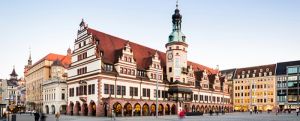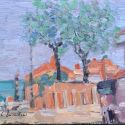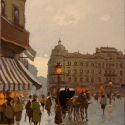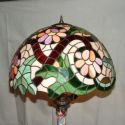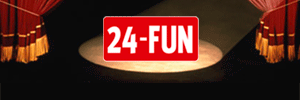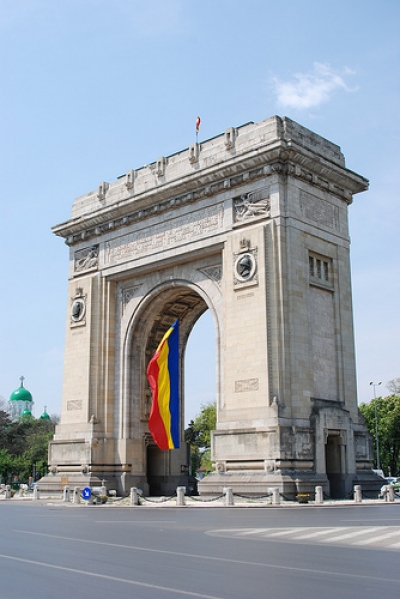 One of the oldest and most impressive architectural monuments of the Romanian capital, Arcul de Triumf can be found on the Kiseleff boulevard, at the intersection with another two large streets, the Marshal Prezan Boulevard and the Marshal Averescu Boulevard, and close to the beautiful Herastrau Park. It is one of the most memorable Arches of Triumph, with an impressive height of 27 meters, with the facades decorated with various stone carvings, and it is no wonder that some of the most important Romanian sculptors, such as Ion Jales, Cornel Medrea, Frederick Storck or Dimitrie Paciurea (and the list is even longer) contributed to these decorations, making Arcul de Triumf a landmark and a symbol of the history of Bucharest.
One of the oldest and most impressive architectural monuments of the Romanian capital, Arcul de Triumf can be found on the Kiseleff boulevard, at the intersection with another two large streets, the Marshal Prezan Boulevard and the Marshal Averescu Boulevard, and close to the beautiful Herastrau Park. It is one of the most memorable Arches of Triumph, with an impressive height of 27 meters, with the facades decorated with various stone carvings, and it is no wonder that some of the most important Romanian sculptors, such as Ion Jales, Cornel Medrea, Frederick Storck or Dimitrie Paciurea (and the list is even longer) contributed to these decorations, making Arcul de Triumf a landmark and a symbol of the history of Bucharest.Actually, this triumphal arch that we can admire today was not the first such structure in Bucharest, there were no less than six of them, but all temporary ones, built in the 19th century to mark several important moments in Romanian history, the best known being the one built in 1918. Yet it was only after World War One that there was talk about having a permanent triumphal arch, worthy of the name, a stone structure (one of the rejected projects was building it out of wood) that was finally ready in 1922 and installed on the same spot. Yet, because of the short time for the building, the exterior decorations were actually made out of plaster, and although at first it was a structure which was both beautiful and impressive, as time went by in slowly but surely degraded. So by the middle of the 1930s Arcul de Triumf was already losing it's charm. So it was restored, keeping the strong structure but replacing the exterior decorations. It was a huge and very popular project, as those who wanted to donate for the triumphal arch were very much involved, and it only took a year and a half for it to be completed as can be seen today.
Arcul de Triumf was inaugurated on December 1st 1936, in the presence of the royal family and many distinguished guests from Romania and abroad. Over the years, during the Communist regime, some of the decorations reminding of the royal family were destroyed and not only of these were restored after 1989. Inside the structure there is also a small museum, usually opened just on special occasions.
photo: wikipedia.org
October 2016


